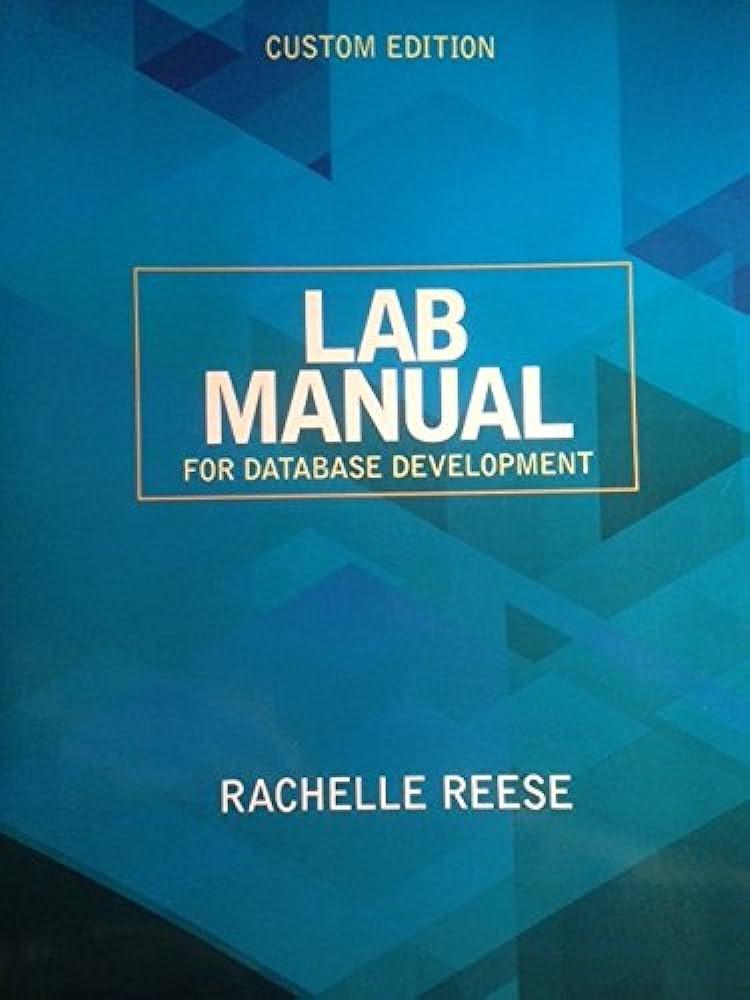Question
Python (Dynamic Programming) Implement Dynamic Programming Algorithm for Independent Set (IS) on a Line Graph This problem is exactly the one discussed in lecture on
Python (Dynamic Programming)
Implement Dynamic Programming Algorithm for Independent Set (IS) on a Line Graph This problem is exactly the one discussed in lecture on 09/25. You are given a graph on n vertices, where the vertices are connected together in a line. Each vertex has a weight. These weights are specified by v_1,v_2, ..., v_n. An independent set (IS) is a subset of the vertices such that no two vertices in the set have an edge between them. The weight of an IS is the sum of the weights of the vertices in the set. The problem is to find a maximum weight IS in the graph. Recall from the recitation that the dynamic programming recurrence for the problem is given as follows: OPT(i) = max( v_i + OPT(i - 2), OPT(i - 1) ) In this problem, your goal is to implement a bottom-up dynamic programming algorithm, based on the above recurrence. Starter code is provided. Input: The input is given in a file called input.txt. It contains a list of white-space delimited integers. This list corresponds to the weights of the problem: v_1, ..., v_n. Output: Your output must contain three lines. The first line should contain a list of white-space delimited integers. These integers should correspond to the values OPT(1), OPT(2), ..., OPT(n), in that order. The second line should contain a single integer, which is the the maximum weight of an IS. The third line should contain a list of white-space delimited integers, sorted in increasing order. This line corresponds to the indices of a maximum weight IS, using a 0-based offset. In the case there is more than one maximum weight IS, you can output an arbitrary one. Example : Input: 8 3 7 10 4 Output: 8 8 15 18 19 19 0 2 4 Explanation: There are 5 vertices, with weights 8, 3, 7, 10, 4. The maximum weight IS is given by choosing element 0 (whose weight is 8), element 2 (whose weight is 7), and element 4 (whose weight is 4). The total weight is 19. Testing: You are responsible for designing your own test cases to make sure your algorithm works. You should manually design test cases to test corner conditions of your program, and you should also use stress testing to test your algorithm. The grader will be using test cases with at least 1000 numbers and with values up to several tends of thousands. Note: If you receive a "Killed" error message, that means your program was taking too long to run and was killed by the server (maybe you had an infinite loop somewhere?)
Starter Code Provided:
#main function # n is the number of vertices # weights is a list of their weights, v_1, ..., v_n def mwis (n, weights): # #FILL IN CODE HERE # return (opt, sol_tot_weight, sorted(sol_items))
#YOU DO NOT NEED TO CHANGE THE CODE BELOW THIS LINE
#Read input f = open("input.txt", "r") weights = [int(x) for x in f.readline().split()] n = len (weights)
#call mwis (opt, sol_tot_weight, sol_items) = mwis(n, weights)
#output solution print ' '.join(map(str, opt)) print sol_tot_weight print ' '.join(map(str, sol_items))
Step by Step Solution
There are 3 Steps involved in it
Step: 1

Get Instant Access to Expert-Tailored Solutions
See step-by-step solutions with expert insights and AI powered tools for academic success
Step: 2

Step: 3

Ace Your Homework with AI
Get the answers you need in no time with our AI-driven, step-by-step assistance
Get Started


